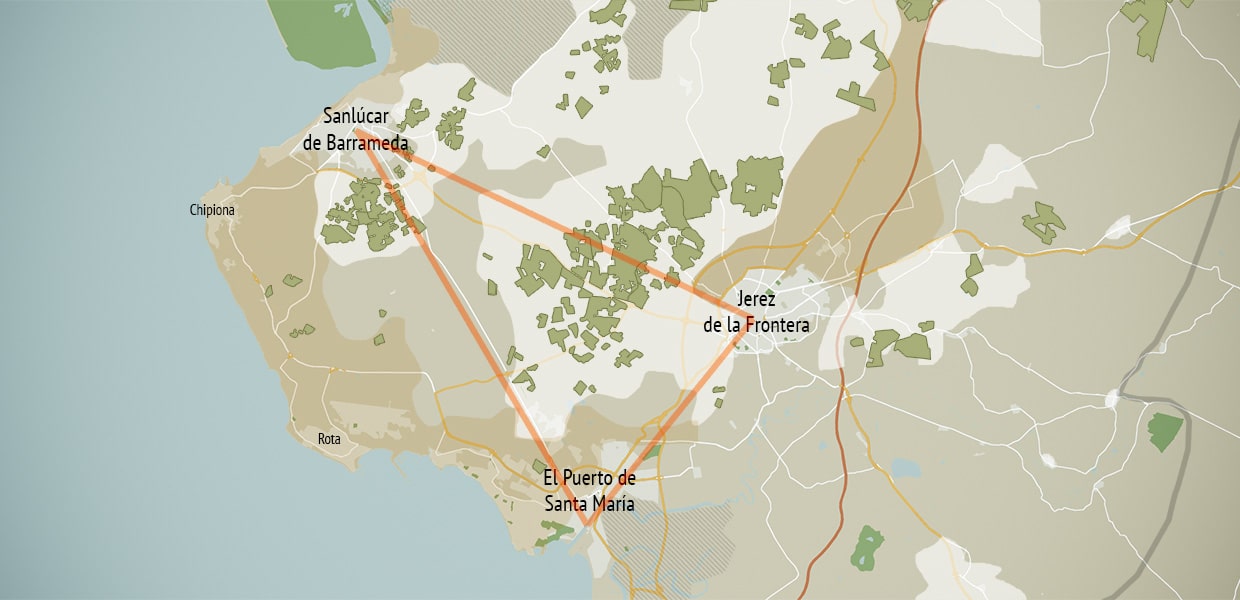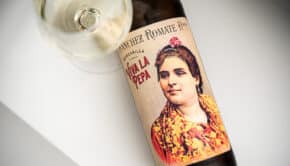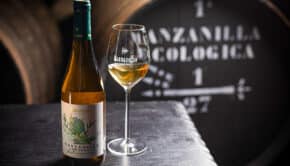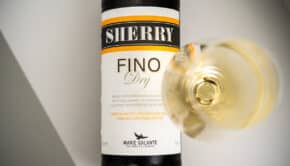New regulations for the D.O. Jerez-Xérès-Sherry
You may remember Fino vs Manzanilla conflict in 2020, which was actually a wider struggle between Jerez and Sanlúcar which lasted for several years. There were discussions about the technical differences between Fino and Manzanilla, the production of Fino de Sanlúcar, the representation of Manzanilla within the institutes of the denomination of origin and other matters. Over the years numerous debates and confrontations even led to threats about Sanlúcar blowing up the current D.O. structure and starting an entirely separate Consejo Regulador altogether.
The confrontations ended in May 2021 when an agreement was signed, unblocking the issues that have been hindering the evolution of the regulations for sherry wines. This agreement was finalized and validated in August 2021 and officially came into force October 10, 2022. It is the sixth time in its 86-year history that fundamental rules of the denomination are changed.
The Ministry of Agriculture in Andalusia published the new regulations in its official newsletter. The vast majority of the changes to the specifications will enter in force immediately. A couple of others will require the mandatory approval of the European Union – this should be a matter of weeks or months.
We can break down the new regulations into seven major developments.
A single production and ageing zone
Currently the vineyards and pressing houses of the D.O. Jerez-Xérès-Sherry are spread out over nine municipalities. Young base wines can be produced within the boundaries of this production zone, but the maturation of sherry wines is restricted to the so-called sherry triangle, i.e. the three cities Jerez de la Frontera, Sanlúcar de Barrameda and El Puerto de Santa María. See my article about the three types of sherry bodegas for more information on this historic differentiation.
The new regulations will allow sherry wines to be aged anywhere in the former production zone. Bodegas in Trebujena, Chipiona, Chiclana, Rota, Puerto Real and Lebrija can now market their wines with the seal of the denomination of origin (if they comply with all other regulations of course). This is quite a historic change because it ends one of the most symbolic elements of sherry, its famous ageing triangle.

Fino de Sanlúcar
A Fino de Sanlúcar is a full-bodied biologically aged wine that is called Fino (based on its characteristics) while it’s produced in a bodega in Sanlúcar, where it would logically be called Manzanilla. Especially Barbadillo is known for producing Fino de Sanlúcar, e.g. the Fino Mil Pesetas. It was the European Commission which put a finger on this old inconsistency: if you claim Manzanilla is unique to Sanlúcar, then how can you also use the name Fino for a wine that is made in the same place, with the same technical specifications?
The new agreement defines that Fino can only come from Jerez or El Puerto (and the new municipalities of the former production zone, I guess) while biological wines produced in Sanlúcar can only be called Manzanilla. A transitional period of 10 years is established to phase out the name and existing stocks but after that, all of Sanlúcar’s biologically aged wines will be regulated by the D.O. Manzanilla de Sanlúcar alone.
Unfortified sherry wines
Another historic change to the regulations is the acceptance of unfortified wines within the Fino and Manzanilla categories. This evolution had been going on for a long time, and basically led to this entire package of changes. In theory this means sherry wines cannot be catalogued as fortified wines any more, or at least not without a footnote. Obviously it is still necessary to achieve the same minimum strength of 15 degrees, albeit without added alcohol. Also the minimum age of 2 years and all other requirements are maintained.
New grape varietals
The Consejo also authorized a series of disused autochtonous grape varietals for the production of sherry wines, specifically Vejeriego, Perruno and Beba. In early versions also Mantúo Castellano, Mantúo de Pilas and Cañocazo were on the shortlist. These grapes were quite common in the sherry region until the arrival of Phylloxera. A couple of producers already used them for a number of experimental wines, and now they will be allowed in the denomination. From a winemaking perspective (and the perspective of sherry enthusiasts) this is an exciting change, as it will open the doors to a wider array of aromas and flavours.
On the other hand Manzanilla will be restricted to Palomino / Palomino Fino.
Manzanilla Pasada / Fino Antiguo
In the new regulations two wine categories are created: Manzanilla Pasada and Fino Antiguo. While the term Pasada is not new, there is now an official counterpart in Jerez and both are now regulated by a minimum of 7 years of ageing.
Tabancos, despachos and bulk sales
The sixth pillar of the agreement defines the sales of wines in bulk or special packaging. There is a long-standing tradition to sell wines directly from the barrel, either in bodega shops (the so-called despachos) or in taverns, hotels and tabancos. You can just walk in with a five-liter plastic container and they will fill it with the wine of your choice, at a very low cost, without a label or any official information.
Now all parties agreed they will develop a specific regulation for this kind of traditional and very local supply chain and bring it out of the grey zone. Consumers will be able to buy 2 and 5 liter PET containers at the bodegas. For commercial transport it is also allowed to use 10, 15 and 20 liter disposable containers.
In principle this means the Bag in Box container (a point of discussion for a very long time) is officially banned. On the other hand they will run an experiment in Chiclana for 5 years, allowing an exception for Bag in Box. This will be evaluated so the idea may come back to the table later.
Manzanilla commission / Vineyard commission
Last but not least, the Consejo Regulador has agreed to create a specific Manzanilla Commission which will have greater competence and independence in shaping its own regulations, as well as managing the budget for promoting the uniqueness of Manzanilla, as a specific element within the larger budget of the sector.
Likewise a special Vineyard Commission will be set up. It will be responsible for studying and proposing new production policies to the Plenary Commission. One of the ideas is to allow some old grape varietals again (Mantua Pilas, Uva Rey, Perruno, …) that were common in the past but largely lost after the Phylloxera plague.
The new text also includes the creation of a new category Jerez Superior, for wines that are produced in high quality vineyards. The Consejo Regulador will publish a list of the vineyards that meet the requirements. Expect this to include Macharnudo, Balbaína, Carrascal, Miraflores and other well-known pagos. At the same time the Consejo published an official list of all the pagos in the sherry region.
Optimism among sherry producers
This agreement should end a long and bumpy road and inject the sector with an important dose of optimism. A green light for these essential changes in the regulations of the D.O. Jerez-Xérès-Sherry, allows the category to evolve and prepare for the future.
César Saldaña, the president of the Consejo Regulador, commented on this agreement: “Despite the enormous heterogeneity that defines the Marco’s wine and vinegar sector, in which not only different subsectors converge but also companies of different sizes and approaches, the organizations agree on the need to align all interests in contention, to materialize the long-awaited recovery after the pandemic and to be able to confront the challenges that the future poses.“
The first version this article was published in May 2021. It was updated in August 2021 and October 2022 to include the final agreement.











